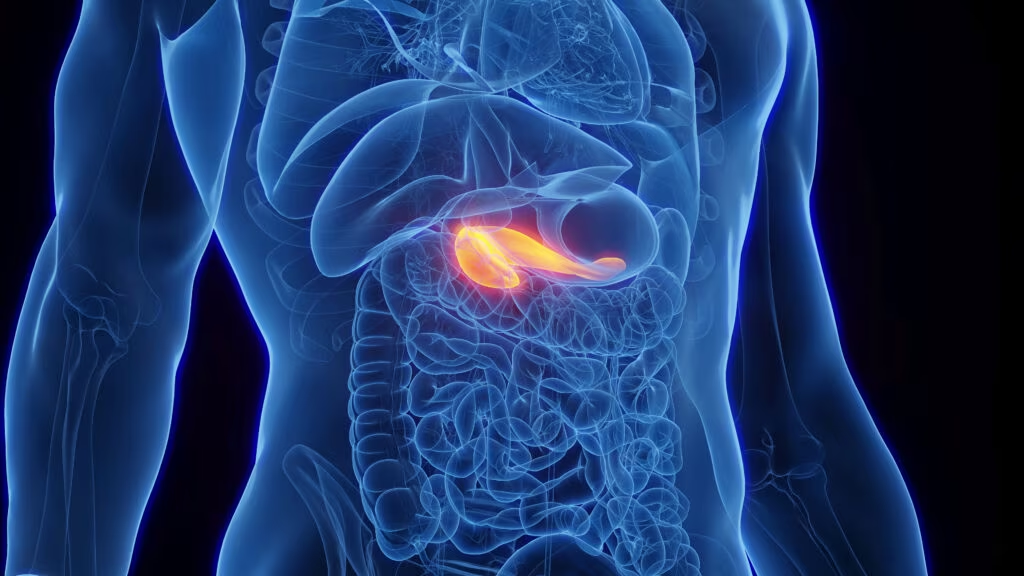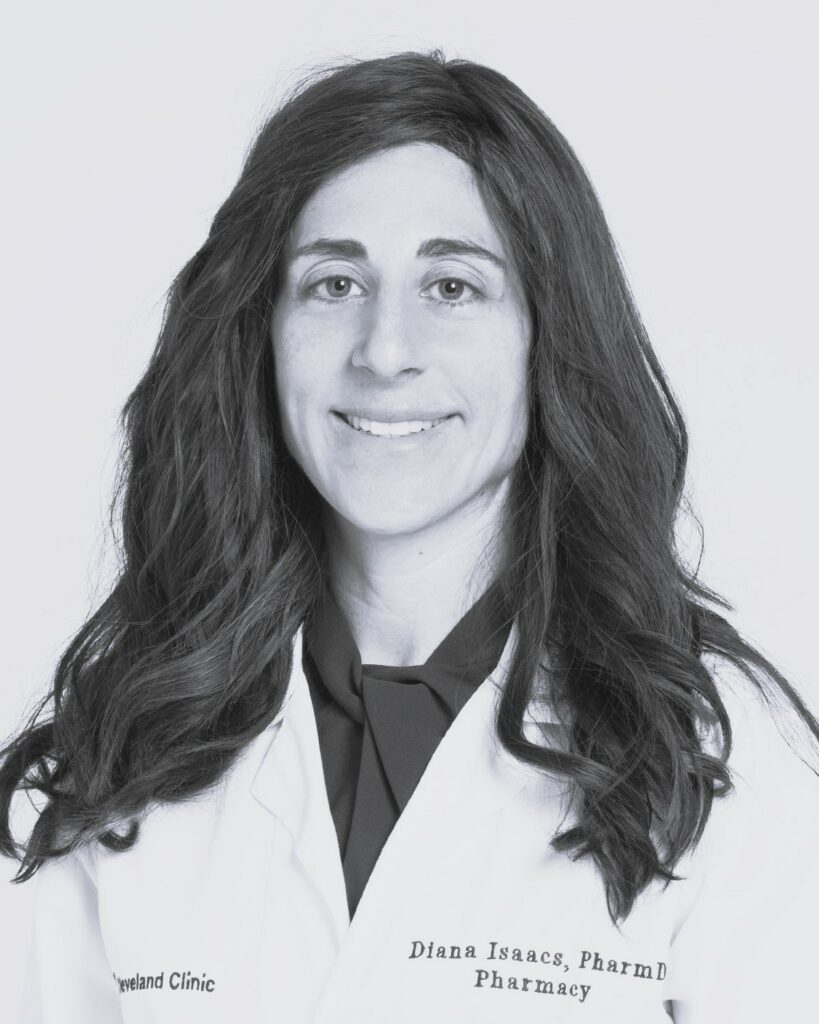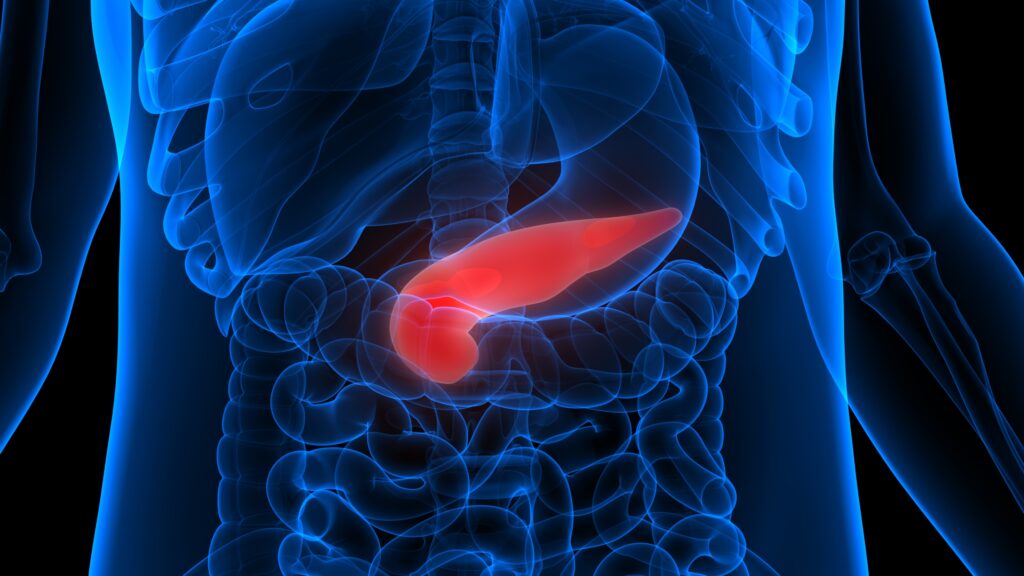Is Continuous Glucose Monitoring Underappreciated in the UK?
Abstract
Overview
I ntroduction: Information about continuous glucose monitoring (CGM) use in the UK is limited. We conducted an online survey of a
representative sample of current CGM users in England, Scotland and Wales to address this deficit. Methods: The 29-item online survey
was conducted between 29 December 2016 and 25 January 2017. Persons with type 1 diabetes (T1D) and caregivers of T1D children/
adolescents were recruited from mailing lists, using Nielsen and Harris Polling databases. Results: 315 patients and caregivers responded to
the survey – 170 adult patients and 145 caregivers. Among respondents, 144 received full funding for CGM use, 72 received partial funding
and 83 received no funding. Most reported improvements in glycated haemoglobin (HbA1c) (67.0%), fewer hypoglycaemia episodes (70.2%),
improved hypoglycaemia awareness (77.5%) and better diabetes management (92.4%). Self-funders reported significantly higher CGM use
(76.1%) than those who were fully funded (58.9%) and/or partially funded (65.9%), p=0.0008. Fewer than 50% of all respondents reported
receiving guidance in interpreting CGM data from their diabetes care team; 30.1% of self-funders reported receiving no CGM support from
their diabetes team compared with fully funded (2.8%) and partially funded (1.4%) respondents, p<0.0001. Conclusions: Patients with T1D
and their caregivers are realising benefits from CGM use but are largely unsupported by the UK healthcare system.
Keywords
Continuous glucose monitoring
(CGM), insulin, multiple daily insulin
injections (MDI), type 1 diabetes, selfmonitoring
of blood glucose (SMBG)
Article Information
Disclosure
Christopher G Parkin has received consulting
fees from CeQur, Dexcom, Inc., Insulet, Mannkind, Roche
Diabetes Care and Senseonics. Melissa Holloway is Chief
Adviser of INPUT Patient Advocacy and has received
consulting fees from Dexcom, Inc. and Ascensia Diabetes
Care UK Limited. Jeffrey Truesdell and Tomas C Walker
are employees of Dexcom, Inc. Dexcom, Inc., provided
funding for the development of this manuscript.
Correspondence
Christopher G Parkin,
CGParkin Communications, Inc., Boulder
City, NV, US. E: chris@cgparkin.org
Support
The publication of this article was
supported by Dexcom, Inc. The views and opinions
expressed are those of the authors and do not
necessarily reflect those of Dexcom, Inc.
Access
This article is published under the
Creative Commons Attribution Noncommercial License,
which permits any non-commercial use, distribution,
adaptation and reproduction provided the original
author(s) and source are given appropriate credit.
Received
2017-06-29T00:00:00
Further Resources

Trending Topic
We are pleased to present the latest issue of touchREVIEWS in Endocrinology, which offers a timely and thoughtprovoking collection of articles that reflect both the continuity and evolution of diabetes and metabolic disease research. In an era where technology, public health priorities and clinical paradigms are shifting rapidly, this issue highlights the importance of evidence-based […]
Related Content in Diabetes

Coronavirus disease 2019 (COVID-19) is a life-threatening infection caused by severe acute respiratory syndrome coronavirus 2 (SARS-CoV-2).1 Diabetes mellitus is one of the most frequent comorbidities, related to hospitalization due to SARS-CoV-2 infection, as well as a risk factor for disease severity, ...

Diabetes is a chronic disease associated with both acute and chronic complications. Many advances have been introduced throughout history to address these problems. While each clinical breakthrough was welcomed with relief and the expectation that a solution had been discovered, ...

Article Highlights Early use of sodium–glucose co-transporter-2 inhibitors following myocardial infarction was associated with the following factors: Lower hospitalization for heart failure (odds ratio [OR]: 0.75; 95% confidence interval [CI]: 0.62–0.90; p=0.002). Similar cardiovascular deaths (OR: 1.04; 95% CI: 0.83–1.30; p=0.76). Similar all-cause mortality (OR: 1.00; 95% ...

Very few trials in the history of medical science have altered the treatment landscape as profoundly as the UK Prospective Diabetes Study (UKPDS). Even 44 years after its inception, the trial and post-study follow-up findings continue to fascinate and enlighten the ...

It is with great pleasure that we present this latest issue of touchREVIEWS in Endocrinology, which brings together a diverse array of high-quality articles focused on the evolving landscape of endocrine disorders. The importance of patient-centred care is exemplified in ...

Dry eye disease (DED) is known as dry eye syndrome (DES) or keratoconjunctivitis sicca. According to the Tear Film and Ocular Surface Society’s Dry Eye Workshop II (TFOS DEWS II), it constitutes a multifactorial disease of the ocular surface, ...

The prevalence of diabetes during pregnancy is rapidly increasing. In the USA alone, an estimated 1–2% of pregnant women have type 1 diabetes (T1D) or type 2 diabetes (T2D), and an additional 6–9% develop gestational diabetes.1 From 2000 to 2010, the prevalence of gestational ...

Dipeptidyl peptidase-4 (DPP-4) is a ubiquitous, multifunctional, 766-amino acid, type 2 transmembrane glycoprotein, which participates in the regulation of metabolic functions, immune and inflammatory responses, cancer growth and cell adhesion.1 It has two forms: the first is a membrane-bound form, which ...

Metformin Metformin has been recommended as the first-line glucose-lowering agent for the management of type 2 diabetes (T2D) for several decades due to its efficacy and safety profile.1–3 In fact, metformin has been widely used as an insulin-sensitizing agent for ...

Welcome to the latest edition of touchREVIEWS in Endocrinology, which features a range of review, case report and original research articles that highlight some key developments in our understanding and management of endocrinological disease. We begin with a commentary from ...

Type 2 diabetes (T2D) continues to pose an ever-greater global health challenge, with 1.31 billion individuals predicted to be living with diabetes globally by 2050; the majority of whom will have T2D.1 Closely linked to T2D is metabolic dysfunction-associated steatotic ...

Gestational diabetes mellitus (GDM) is generally defined as “any degree of glucose tolerance with onset or first recognition during pregnancy”.1 It currently is one of the diseases with the highest morbidity among pregnant women.2 Determining its prevalence has been a ...
Latest articles videos and clinical updates - straight to your inbox
Log into your Touch Account
Earn and track your CME credits on the go, save articles for later, and follow the latest congress coverage.
Register now for FREE Access
Register for free to hear about the latest expert-led education, peer-reviewed articles, conference highlights, and innovative CME activities.
Sign up with an Email
Or use a Social Account.
This Functionality is for
Members Only
Explore the latest in medical education and stay current in your field. Create a free account to track your learning.

